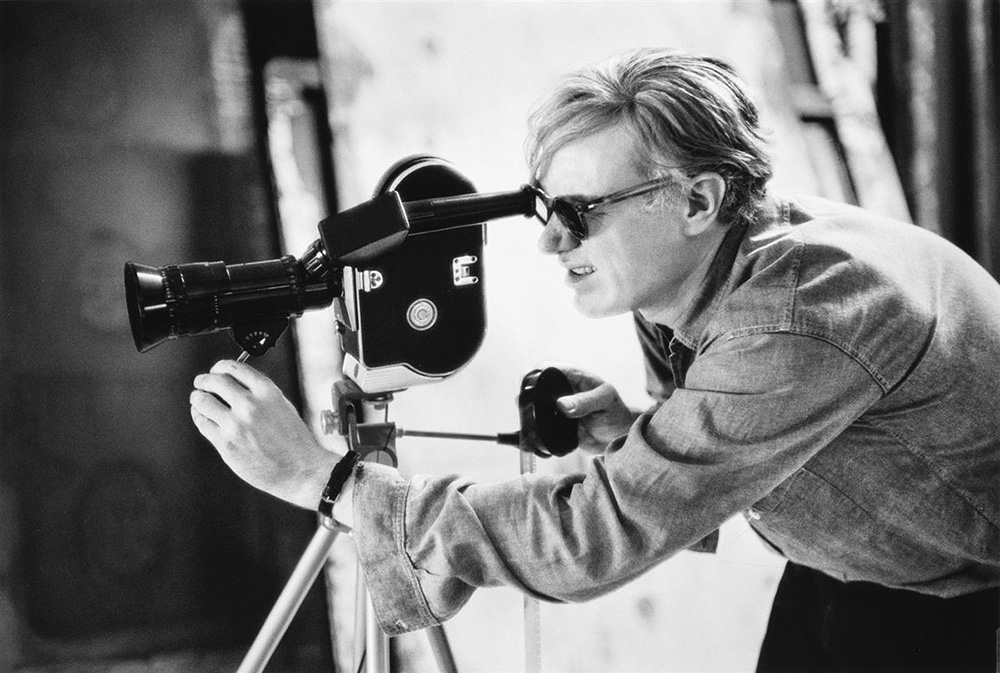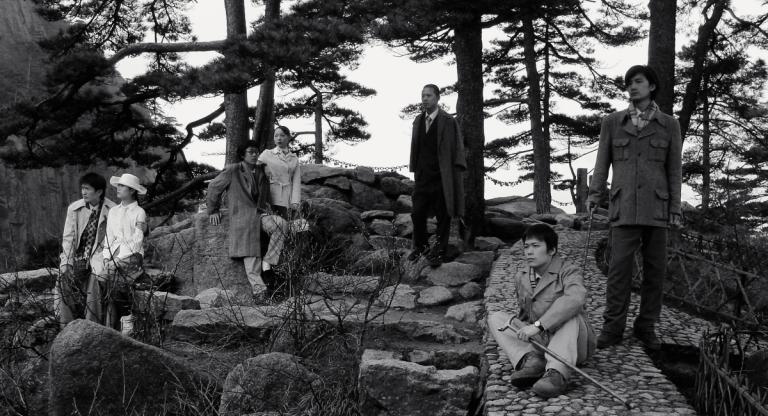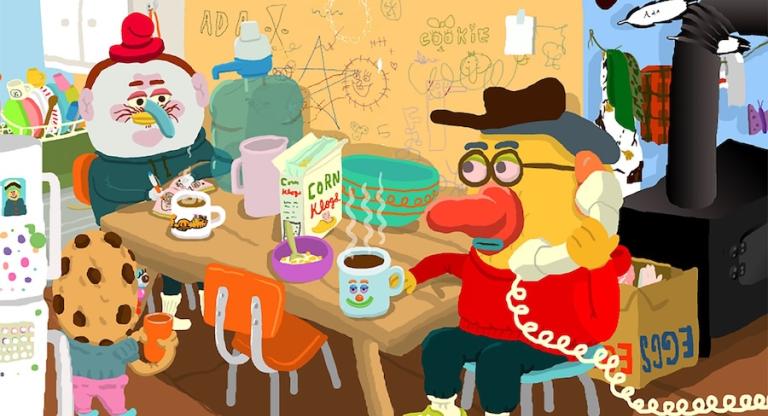By late 1966, Andy Warhol and Paul Morrissey’s three-and-a-half hour 16mm dual-projection film The Chelsea Girls had done the unimaginable: it took the underground first uptown, then to theaters nationwide—generating controversy, bad reviews, and big box office wherever it played. Feeling emboldened by the success, the pair quickly began amassing footage for what would become perhaps their most outrageous project: a twenty-five hour epic simply titled ★★★★ (pronounced Four Stars). Because the film was also meant to be dual-projected, this meant that it was actually fifty hours long and consisted of some eighty 33-minute reels shot in various cities over the course of late 1966 and most of 1967. If The Chelsea Girls was, as The New York Times described it in its extremely negative review, “a travelogue of hell,” then ★★★★ was Warhol and Morrissey’s version of an especially long “What I Did On My Summer Vacation” essay.
The complete twenty-five hour version of ★★★★ only ever screened once: from 8:30 PM on December 15, 1967 until 9:30 PM the following day at the New Cinema Playhouse. In the wake of that marathon screening, Warhol and Morrissey began to devise more practical ways of exploiting the material they had accumulated. Over the next couple of years, Morrissey would carve their opus up into a number of discrete 100-minute features, including Imitation of Christ (1967), Tub Girls (1968), and The Loves of Ondine (1968), as well as a digest version of ★★★★ itself. The pair also began taking other spare reels with them on tour, showing 60- to 90-minute chunks at colleges and film societies around the country. The program screening at Anthology as part of their “Essential / Unessential Warhol” series most resembles one of these.
What stands out about the two reels included in this program (Reel 20 — “Nico Music” and Reel 75 — “Sausalito”) is just how little there is to them. In contrast to the nonstop verbal fireworks and other salacious behavior that had become Warhol’s calling card, the former features Nico improvising and singing along to a pre-recorded demo backing track for her song “It Was a Pleasure Then” in a nondescript apartment, while the latter is simply a landscape film documenting a coastal sunset. Both are quite compelling and, through their use of Warhol and Morrissey’s in-camera strobe cuts, almost feel like cubist portraits of their chosen subjects. And yet, something feels missing.
Unlike The Chelsea Girls, which featured two reels running side-by-side to create an artificial splitscreen, the projectionists running ★★★★ were instructed to layer the two images on top of each other in order to, as future MoMA curator Laurence Kardish wrote in his press notes, “create the unique situation in which two very real activities become imaginary.” While each of the individual reels featured in The Chelsea Girls all had their own self-contained narratives, here it feels like we’re only getting the audio or visual component of a bigger picture. During its original screening, Nico Music would’ve likely been complemented by a color-lit Allen Midgette recounting his hitchhiking experiences (Reel 19 — “Allen and Apple”), while Sausalito would’ve been paired with footage of a group of people smoking pot and listening to The Velvet Underground & Nico at a hippie pad in San Francisco (Reel 76 — High Ashbury).
If not for Sausalito’s appearance in Anthology’s foundational Essential Cinema collection, these would probably just be seen as true-heads-only deep cuts. As beautiful as Sausalito is, its inclusion in that canon feels odd, and more like a reaction to Warhol’s controversial shift to making commercially-minded sexploitation features in the wake of The Chelsea Girls’s success more than anything else. (Stephen Koch, in his book-length 1974 survey of Warhol’s film work, Stargazer, minced no words, referring to these films as “degraded and degrading”). This period of Warhol’s cinema is perhaps both his most misunderstood and his most fascinating—and one that is ripe for re-evaluation.
Because the majority of ★★★★ has been out of circulation since the early 1970s, Anthology’s screening offers an extremely rare opportunity to not only see 1/50th of a film that has only ever been shown once, but to also wonder what else is in there that hasn’t been seen since that day in 1967. It’s striking that the complete reels from ★★★★ that have recirculated over the past few decades, like Reel 14 — “Tiger Morse” and Reel 77 — “Sunset,” have all been ones that are clearly artistically or culturally legitimate, rather than those that are more representative of Warhol’s tawdrier impulses during that strange period when the erotic, the commercial, and the experimental all briefly intersected. In this selective highlighting, the narrative that Warhol’s late cinema was “disgraceful” and “grotesque”—Koch’s words—begins to crumble, yet it creates a new narrative that isn’t entirely correct either. Because of the unique way that ★★★★ was conceived to be exhibited—as a dual-projection marathon, as eighty-three individual single reels, and as physically-edited mini-features—all of it is essential.
★★★★ (Four Stars), reel 20 — “Nico Music” and ★★★★ (Four Stars), reel 75 — “Sausalito” screen this evening, September 8, at Anthology Film Archives as part of the series “Essential / Unessential Warhol.”


